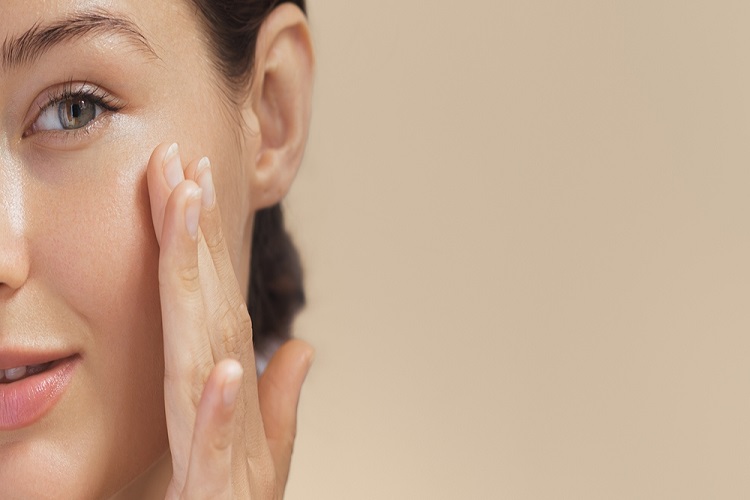One of the most popular questions people ask whenever they decide to improve the look and functionality of their misaligned teeth is, “are there any drawbacks with orthodontic procedures?” As soon as the orthodontic appliances are applied to your crowded teeth, numerous changes will occur that are not bad. And as a trusted Oakville orthodontist describes, these are the gradual movements at your unaligned teeth to help you achieve improved appearance and functionality. Of course, it should be considered some complications may happen, just like all other dental and medical procedures. If you are curious about the possible risks of orthodontic treatment, please continue reading all the essential points in this useful article.
Table of Contents
Possible Side Effects of Orthodontics
Feeling discomfort: It is the most common drawback that most people complain about after the placement of dental braces. Of course, it is expected because dental braces are responsible for guiding your teeth to their proper position, so that this movement can cause some discomfort. That’s why your professional orthodontists will prescribe you some over-the-counter drugs to deal with your discomfort and irritation right after dental braces are applied to your crooked teeth. Please keep in mind that if your discomfort worsens and becomes unbearable, you should contact your dedicated practitioners; perhaps other types of treatments are required.
Having Pain in Your Jawbones: Those who undergo traditional dental braces should regularly see their practitioners to tighten the brackets and wires. This procedure can lead to unbearable jaw pain. But it should be noted this condition will be relieved independently after a few days.
Limited Diet: As usual, you should make some changes in your routine diets if you prefer to enhance the appearance of your crowded teeth with orthodontic treatment. Since the orthodontic devices attached to your teeth don’t allow you to have crunchy foods, you should add soft and liquid consumption to your diet.
Bleeding Gums: As discussed earlier, the brackets on your aligned teeth should be connected with metal wires. During the initial days, these orthodontic appliances may cut the soft tissues and structures in your mouth. Thus, your knowledgeable dental specialists will provide dental wax that should be applied over the sharp edges to prevent bleeding.
Poor Oral Hygiene: As everyone knows, all permanent teeth should be protected from dental decays with proper brushing and flossing. At the same time, it is very difficult to clean all parts of your teeth after the placement of dental braces. Luckily, in this advanced and technical world, several beneficial devices can help you reach the hidden sites under the brackets and wires straightforwardly.
Having Allergic Reactions to Orthodontic Materials: The essential point that should be taken into account is that all candidates for orthodontic treatment should inform their highly-skilled orthodontists if they have allergic reactions to any special materials used in these beneficial treatments.
Wearing a Retainer is Necessary after the Treatment: Generally, after orthodontic treatment, all patients are recommended to wear retainers for a long time to ensure their permanent teeth are properly fixed in their new positions.










Comments